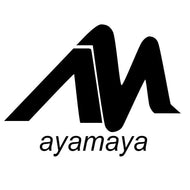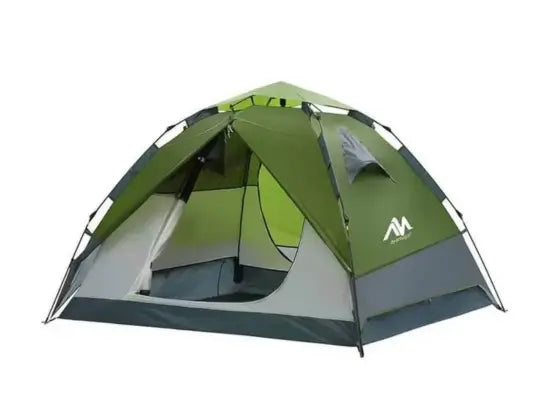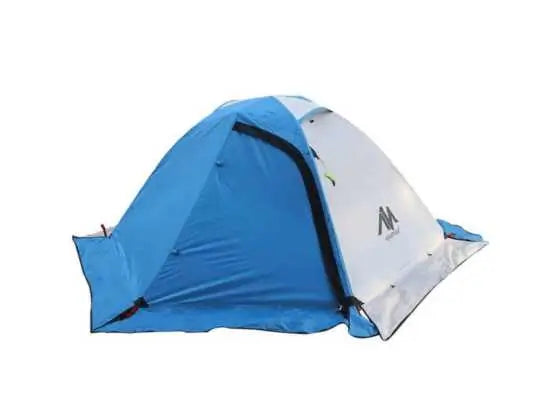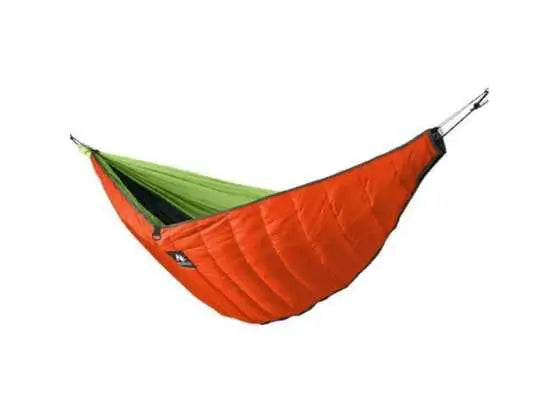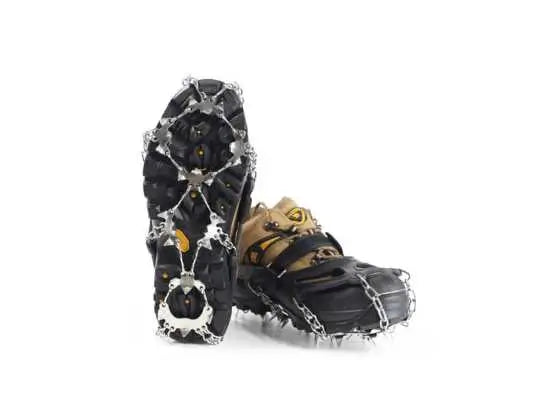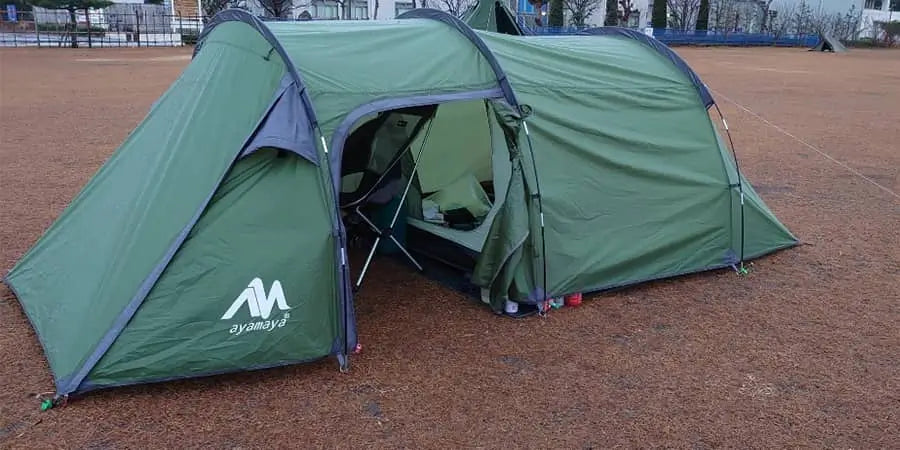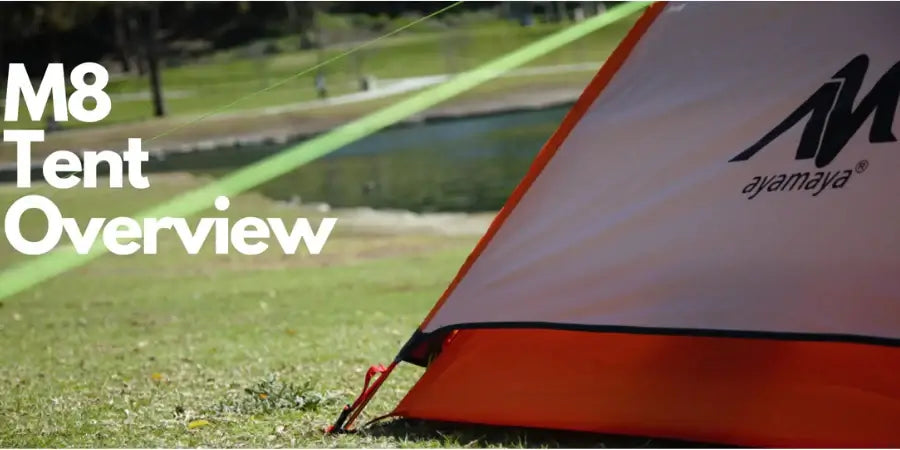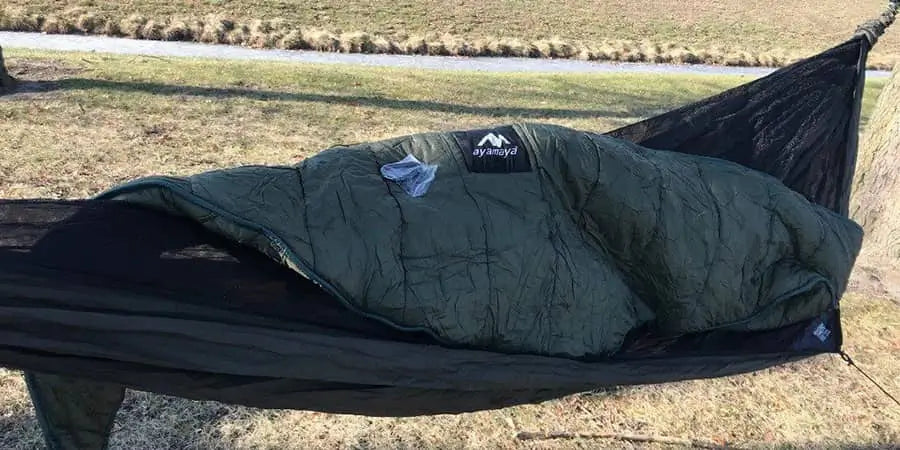Introduction
Among the most common tent shapes is a tunnel tent. A tunnel tent can be defined as a shelter that is supported by multiple loops and resembles a half-cylinder more or less is known as a tunnel tent or tunnel-shaped tent. Some tunnel tents may only have curved loops on the roof and straight side poles, giving them steep, straight side walls that resemble cabin-style tents.
Some of the most significant characteristics of tunnel tents are discussed below the text. It is better to demonstrate this with specific examples, such as the 3- to 4-person Ayamaya tunnel tent, of which I have given numerous examples on this website.
Size of a tunnel tent in layers
The majority of tunnel tents are hybrid, double-layer designs. This indicates that such tents have an outer tent that is waterproof and one or more interior tents that serve as sleeping spaces. These sleeping sections therefore have two layers, and there typically is one living room that is located underneath the shell.
However, single-layer tunnel-shaped tents are also available; the 6 person ust House Party Car Camping Tent is one such model. However, actual double-layer tents with a bedroom and vestibule that may be detached are also available among tunnel tents. You can keep your bike, motorcycle, or other camping supplies in the vestibule while sleeping in the bedroom. A long tunnel sun shelter will be created after the bedroom is eliminated.
Tunnel tents with a floor that is both sewed in and tied in
The aforementioned shell is a fly that seals off the interior. However, the floor layout also affects the level of protection. You can normally have the following kinds:
Sewed-in floor tunnel tents
This layout entirely seals off the floor from the rest of the tent and keeps it permanently attached. This is the ideal choice if you require complete protection from crawling insects and from ground water.
Linked-in ground
In this instance, the living room floor is detachable, but the inner tent(s) have their own floor that is sewed in and sealed (s). The floor in the living room can either be fastened with toggles or is simply a mat. This is advantageous if you have chairs or other camping furniture since you may shift the floor to prevent damage from chair feet.

Inflatable beams and sturdy poles are the two support options for the tunnel tent. Let's examine each of them individually.
Strong poles
It may be made of steel, fiberglass, or a combination of the two. Additionally, there are pricey tunnel tents with metal poles.
Blow-up beams
Since more than ten years ago, air beams have been used in place of traditional poles. Such a tent is the Vango tent displayed above. The fact that these beams cannot shatter is a benefit. They may bend when exposed to wind, but they rapidly regain their original shape. One drawback is that they would collapse under snow since they cannot sustain pressure from above.
Taking into account the quantity of rooms in a tunnel tent
The aforementioned inner tents have some bearing on this. One, two, three, and even four inner tents are available in tunnel tents. A tunnel tent with one inner tent can contain two sleeping rooms and a living room, whereas a tunnel tent with two inner tents can have five rooms. Some of them can also include inner dividers.
The frame or the shell are where these inner tents are attached. In order to create a variety of alternative inner chambers, you can remove one, many, or even all of the inner tents.
There are some excellent tunnel tents with zippered portions that you may fasten to the tent's two sides. You have an infinite number of instances at your disposal, each with its unique set of considerations. Know how many people will be staying with you so you can choose the type of tent that will give you the most comfort throughout your trips.
The amount of room and people a tunnel tent can hold
You have undoubtedly seen tents with stated capacities that are completely unrepresentative of the actual tent on several occasions. The situation is typically quite the opposite with tunnel tents. In particular, the number of sleeping pads that may be placed in the inner tent determines the capacity of tunnel tents, particularly those made for the EU market (s).
However, many of these tents have fully covered living areas that may easily fit several additional people. Therefore, it is not unusual to encounter a tunnel tent that can hold twice as many people as its stated capacity.
Do tunnel tents have vents?
Yes, to answer briefly. As you have already seen, tunnel tents can have quite various layer structures, which also affects how well they ventilate.
As a result, tunnel tents with inside chambers (also known as inner tents) typically contain a few high vents on the shell's back side, which can be coupled with low vents in the living area. Compared to traditional cabin style tents, this design relies much more on vents.
Many tunnel tents also feature doors that are two-layered, which means they have a full-size zippered mesh door in addition to a zippered panel.
What kind of weather is ideal for tunnel tents?
The majority of tunnel tents currently available on the market, and this is especially true of tents in the EU, have solid windows, are completely enclosed, and have excellent waterproof ratings. In light of this, these tents are ideal for milder climates with lots of wind and rain.
Also keep in mind that some of the greatest winter tents have a tunnel-like design. However, tunnel tents are also available and can be taken camping in the summer. Make sure your tent has a mesh door and, if at all possible, a porch or a sizable awning for such a climate.
Dependability of the tunnel tents
A broad statement regarding the dependability of these tens may not be available but there are some specifications that will define reliability. The waterproof rating is one of several variables that affect this. On the EU market, tunnel tents are fairly common, and the tents you find there typically have a very high rating. For the shell, this is normally in the 3000–5000 mm HH range, and much higher for the floor.
These tents are often big and tall, which makes them wind resistant, thus it is recommended to point the back side in the direction of the wind. This is due to the fact that this side is commonly lower than the rest of the tent and is typically slanted and aero-dynamic. Their poles also influence dependability. The best materials are therefore steel and aluminum, but the latter indicates a high cost.
Conclusion
In conclusion, the Ayamaya tunnel tent may just be one of your options. You will adore the simple setup and incredible features of it. This tunnel tent sets up quickly and easily because all that is required is for one person to insert three shock-absorbing poles into each sleeve, secure them with tent stakes, and hang the inner tent. The entire construction can be completed in about five minutes. It should be noted that most tents are easy to put up, but before you click the order button, there are still other things to think about.
